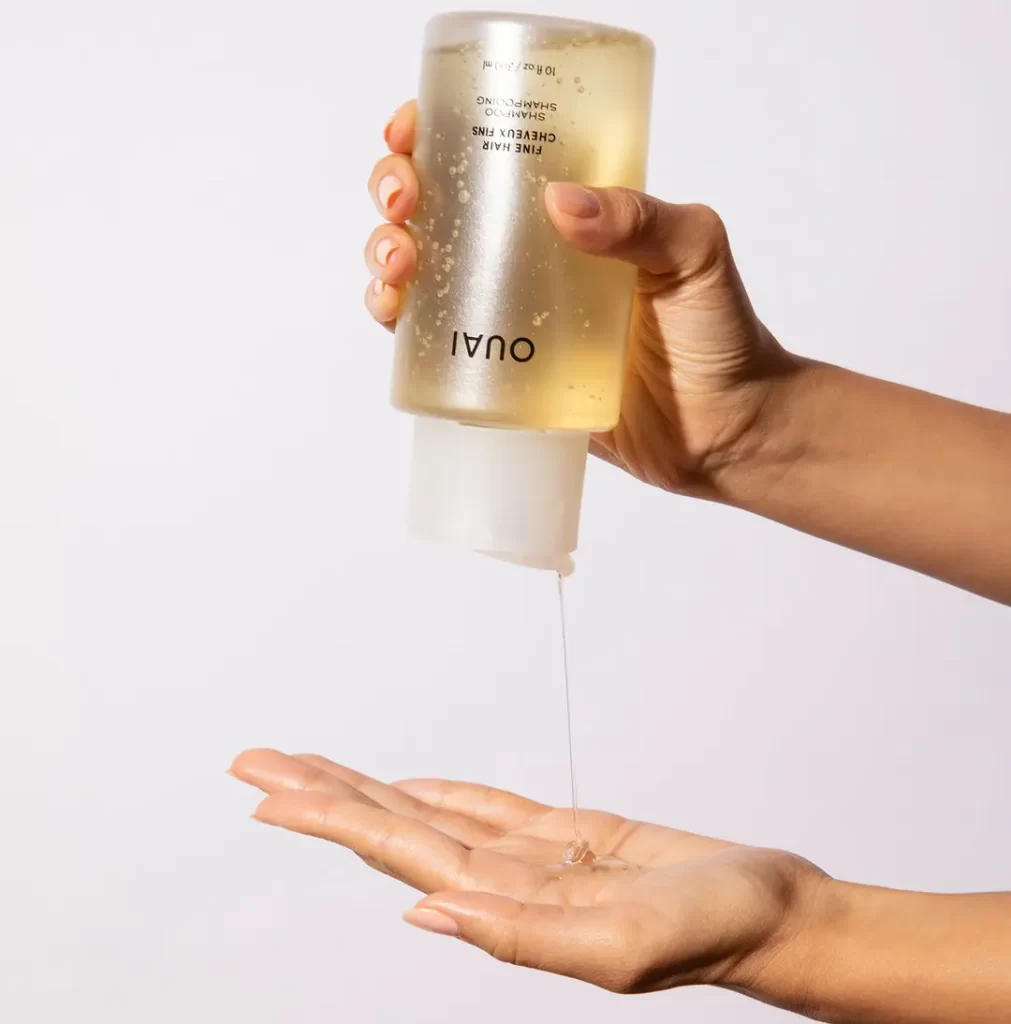Shampoo or Conditioner: Which Should You Use First?
On a typical hair-washing day, reaching for the shampoo bottle before the conditioner is instinctive. The logic seems sound: cleanse the hair first and then seal it in hydration with conditioner. When we shampoo, the product gently lifts the cuticle of our hair strands, eliminating dirt and oils from the scalp and hair. However, this process can leave the hair prone to tangling, especially for those with drier hair types. As we age, dryness becomes common for many, making conditioners essential for retaining moisture. Conditioner locks in moisture and smooths down the cuticle of the hair strands.

While the traditional order of shampooing before conditioning is widely practiced, there’s a growing curiosity about the potential benefits of reversing this routine. The question arises: could applying conditioner before shampoo yield positive results for specific individuals? Like many beauty-related inquiries, there’s not a single answer that works for everyone. We explore who might benefit from conditioning before shampooing and whether the sequence of your hair-wash routine truly matters.
Shampoo removes the scalp’s excess oils, dirt, and buildup from the scalp and hair. Once the shampoo has been applied, rinsed, and lathered, conditioner is typically used to moisturize and nourish the hair. While shampooing opens the hair cuticle for cleansing, conditioning replenishes lost moisture and nutrients. It’s worth noting that while conditioners do not possess cleansing properties, some shampoos may contain mild conditioning elements. As we age, opting for moisturizing hair care products becomes increasingly essential for maintaining hair health.
The concept of conditioning before shampooing centers around the idea that shampoo cleanses the hair first, eliminating dirt, debris, and excess oil. Following shampooing, conditioner is applied to provide essential vitamins and oils, restoring moisture and body to the hair. However, the effectiveness of this reversal method varies depending on individual scalp and hair characteristics. Switching to conditioner-first may yield positive outcomes for those experiencing greasiness, oiliness, or lack of volume after using the traditional shampoo-first method.
Aging hair, in particular, tends to be dry and brittle, making it susceptible to breakage and split ends. During shampooing, dry hair can become even drier if not adequately hydrated. Using a conditioner first can help address this issue by providing a protective barrier and preventing further moisture loss. Moreover, using hair care products specifically formulated for aging hair is crucial for maintaining hair health and resilience.

Reversing the order of shampoo and conditioner offers several benefits for specific individuals. This method can help protect hair strands, especially those prone to breakage, by preserving natural oils and preventing further dryness. Additionally, conditioning ensures that shampoo is evenly distributed across the hair strands, leading to more thorough cleansing. However, using this method sparingly, typically once a week, is essential, and a gentle shampoo and conditioner is suitable for aging hair. By incorporating the conditioner-first technique into your hair care routine, you can help maintain the health and vitality of your locks.
